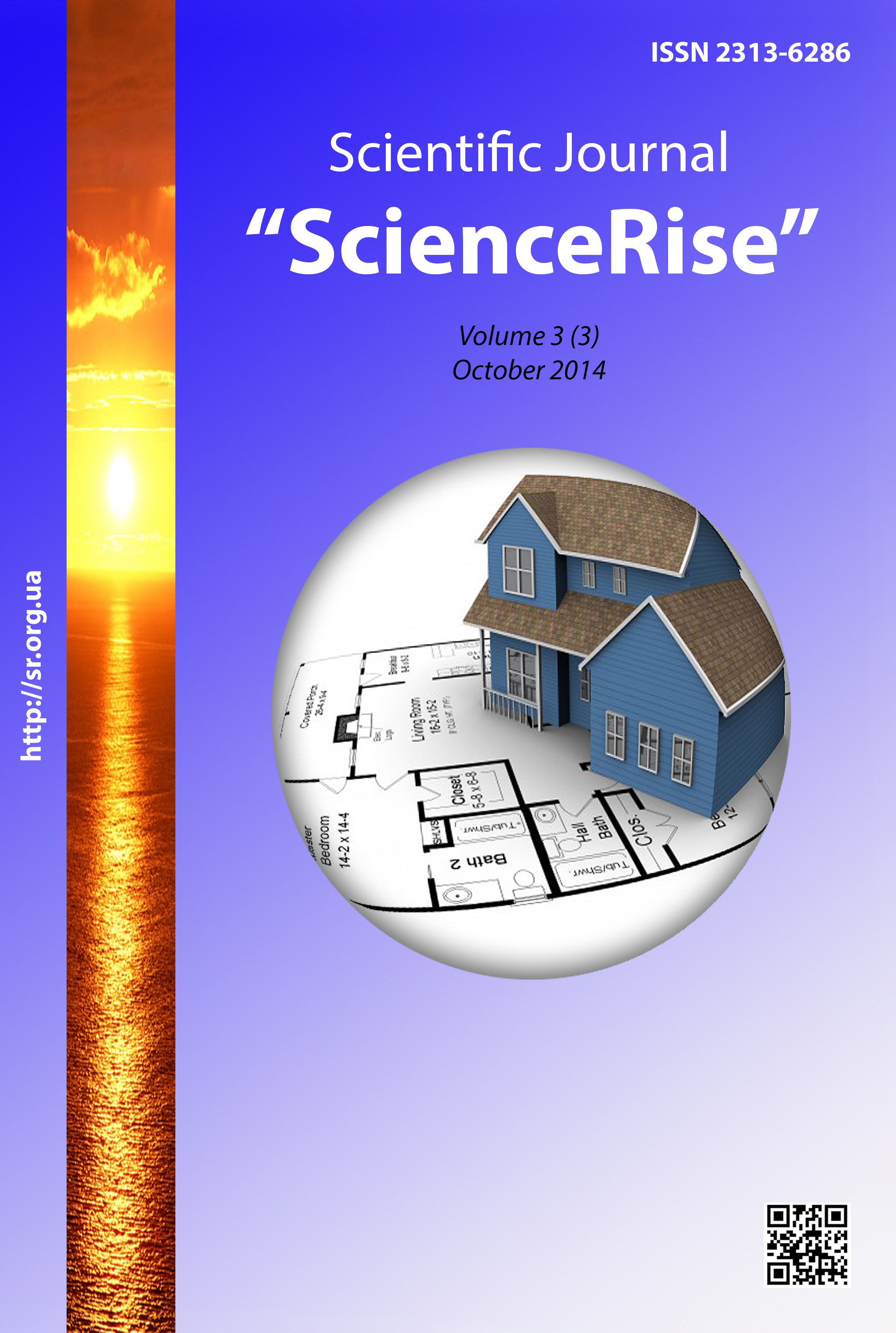Electron accelerator dosimetry in radiation therapy: photon backscattering
DOI:
https://doi.org/10.15587/2313-8416.2014.27342Keywords:
backscatter factor, multi-leaf collimator, linear electron accelerator, monitor chamber, radiation therapy, cancerAbstract
Today 52 % of patients with a cancer get radiation therapy. It is developed the experimental procedure for determining the backscatter factor for Siemens Oncor Impression Plus linear accelerator. The experiments were carried out based on water phantom. This technique can be also used for other kinds of accelerators.
References
Khan, F. M. (2003). The physics of radiation therapy. Philadelphia, USA: Lippincot Williams & Wilkins, 531.
Ravikumar, M., Ravichandran, R. (2001). Measurement of backscattered radiation from secondary collimator jaws into the beam monitor chamber from a dual energy linear accelerator. Strahlentherapie und Onkologie, 177, 670–675. doi: 10.1007/pl00002382
Patterson, M. S., Shragge, P. C. (1981). Characteristics of an 18 MV photon beam from a Therac 20 Medical Linear Accelerator. J. Med. Phys., 8, 312–318. doi: 10.1118/1.594833
Lam, K. L., Muthuswamy, M. S., Ten Haken, R. K. (1996). Flattening-filterbased empirical methods to parametrize the head scatter factor. J. Med. Phys., 23, 343–352. doi: 10.1118/1.597798
Luxton, G., Astrahan, M. A. (1998). Output factor constituents of high energy photon beam. J. Med. Phys., 15, 88–91. doi: 10.1118/1.596300
Hung, P.H., Chu, J.C., Bjarngard, B. E. (1987). The effect of collimator backscatter radiation on photon output of linear accelerators. J. Med Phys., 14, 268–269. doi: 10.1118/1.596137
Kase, K. R, Svensson, G. K. (1986). Head Scatter data for several linear accelerators (4-18MV). J. Med. Phys., 13, 530–532. doi: 10.1118/1.595857
Kubo, H. (1989). Telescopic measurements of backscattered radiation from secondary collimator jaws to a beam monitor chamber using a pair of slits. J. Med Phys., 6, 295–298. doi: 10.1118/1.596381
Lam, K. L, Muthuswamy, M. S, Ten Haken, R. K. (1998). Measurement of backscattering to the beam monitor chamber of medical linear accelerators using target charge. J. Med. Phys., 25, 334–338. doi: 10.1118/1.598203
Scrimger, J. W. (1977). Backscatter from high atomic number materials in high energy photon beams. Radiology, 124, 815–817. doi: 10.1148/124.3.815
Watts, D. L., Ibbott, G. S. (1987). Measurement of beam current and evaluation of scatter production in an 18-MeV accelerator. J. Med. Phys., 14, 662–664. doi: 10.1118/1.596036
Zrenner, M., Krieger, H. (1999). Determination of monitor radiation scattering contribution in photon radiation of clinical electron linear accelerators. Strahlentherapie und Onkologie, 175, 515–523.
Kubo, H., Lo, K. K. (1989) Measurements of backscattered radiation from Therac-20 collimator and trimmer jaws into beam monitor chamber. J. Med. Phys., 16, 292–294. doi: 10.1118/1.596380
Duzenli, C., McClean, B., Field, C. (1993). Backscatter into the beam monitor chamber: Implications for dosimetry of asymmetric collimators. J. Med. Phys., 20, 363–367.
Ovsiienko, O., Budnyk, M. (2012). Transition from standard 2-D до 3-D conform radiation therapy and intensity modulated radiotherapy. Proceeding of 2nd Int. Seminar “Medical Physics: state-of-art, problems, ways of development”, Kyiv, Ukraine, 101–104.
Ovsiienko, O., Budnyk, M. (2013). Dosimeters for radiotherapy apparatus: advantages and drawbacks. Proceeding of 3rd Int. Seminar “Medical Physics: state-of-art, problems, ways of development, novel technologies”, Kyiv, Ukraine, 121–125.
Ovsiienko, O., Budnyk, M. (2013). Dosimetry tools and techniques for IMRT in radiation therapy (review). Radiation diagnostics & radiation therapy, 3–4, 85–88.
Downloads
Published
Issue
Section
License
Copyright (c) 2014 Олег Володимирович Овсієнко, Микола Миколайович Будник

This work is licensed under a Creative Commons Attribution 4.0 International License.
Our journal abides by the Creative Commons CC BY copyright rights and permissions for open access journals.
Authors, who are published in this journal, agree to the following conditions:
1. The authors reserve the right to authorship of the work and pass the first publication right of this work to the journal under the terms of a Creative Commons CC BY, which allows others to freely distribute the published research with the obligatory reference to the authors of the original work and the first publication of the work in this journal.
2. The authors have the right to conclude separate supplement agreements that relate to non-exclusive work distribution in the form in which it has been published by the journal (for example, to upload the work to the online storage of the journal or publish it as part of a monograph), provided that the reference to the first publication of the work in this journal is included.

